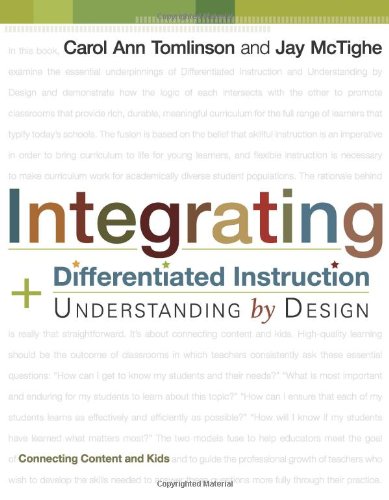

Most ebook files are in PDF format, so you can easily read them using various software such as Foxit Reader or directly on the Google Chrome browser.
Some ebook files are released by publishers in other formats such as .awz, .mobi, .epub, .fb2, etc. You may need to install specific software to read these formats on mobile/PC, such as Calibre.
Please read the tutorial at this link: https://ebookbell.com/faq
We offer FREE conversion to the popular formats you request; however, this may take some time. Therefore, right after payment, please email us, and we will try to provide the service as quickly as possible.
For some exceptional file formats or broken links (if any), please refrain from opening any disputes. Instead, email us first, and we will try to assist within a maximum of 6 hours.
EbookBell Team

5.0
108 reviewsSimultaneously, teachers find it increasingly difficult to ignore the diversity of the learners who populate their classrooms. Few teachers find their work effective or satisfying when they simply ''serve up'' a curriculum--even an elegant one--to students with no regard for their varied learning needs. For many educators, Differentiated Instruction offers a framework for addressing learner variance as a critical component of instructional planning.
In this book the two models converge, providing readers fresh perspectives on two of the greatest contemporary challenges for educators: crafting powerful curriculum in a standards-dominated era and ensuring academic success for the full spectrum of learners. Each model strengthens the other. Understanding by Design is predominantly a curriculum design model that focuses on what we teach. Differentiated Instruction focuses on whom we teach, where we teach, and how we teach. Carol Ann Tomlinson and Jay McTighe show you how to use the principles of backward design and differentiation together to craft lesson plans that will teach essential knowledge and skills for the full spectrum of learners.
Connecting content and kids in meaningful ways is what teachers strive to do every day. In tandem, UbD and DI help educators meet that goal by providing structures, tools, and guidance for developing curriculum and instruction that bring to students the best of what we know about effective teac